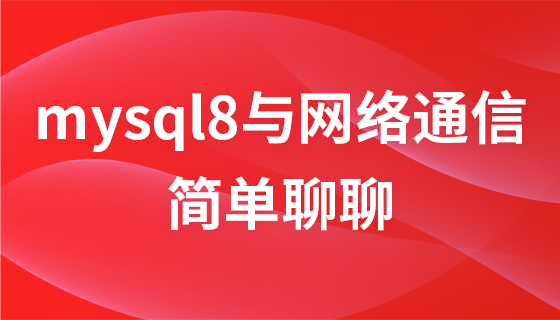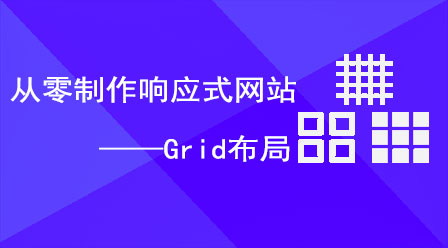Go 服务器接收端处理 TCP Protobuf 消息的一致性问题
来源:stackoverflow
时间:2024-02-22 15:36:23 408浏览 收藏
知识点掌握了,还需要不断练习才能熟练运用。下面golang学习网给大家带来一个Golang开发实战,手把手教大家学习《Go 服务器接收端处理 TCP Protobuf 消息的一致性问题》,在实现功能的过程中也带大家重新温习相关知识点,温故而知新,回头看看说不定又有不一样的感悟!
我有一个“代理”,它将二进制文件解析到缓冲区中,每当该缓冲区被填满时,就会通过 protobuf 消息将其发送到服务器,然后继续进行下一个二进制解析块,然后再次发送,等等
在服务器上,我使用简单的 net/conn 包来侦听代理连接并在 while-for 循环中将其读取到缓冲区中。
当代理端解析完成后,它会在 protobuf 消息中发送 terminate bool,表示这是最后一条消息,服务器可以继续处理收到的完整数据。
但是,如果我将调试打印留在发送方,则效果很好,从而使终端打印显着减慢通过 connection.write() 发送后续 protobuf 消息的时间间隔。
如果我取消注释此记录器,则它发送消息的速度太快,并且服务器第一个处理的传入消息是包含 terminate 标志的一个数据包,例如,它没有收到实际的有效负载,但立即收到最后一条消息。
我知道 tcp 并没有真正区分不同的 []byte 数据包,这很可能是导致此行为的原因。有没有更好的方法或替代方案?
代理端伪代码:
buffer := make([]byte, 1024)
for {
n, ioerr := reader.read(buffer)
if ioerr == io.eof {
ispayloadfinal = true
// create protobuf message
terminalmessage, err := createmessage_filepackage(
2234,
protobuf.messagetype_package,
make([]byte, 1),
ispayloadfinal,
)
// send terminate message
sendprotobufmessage(connection, terminalmessage)
break
}
// create regular protobuf message
message, err := createmessage_filepackage(
2234,
protobuf.messagetype_package,
(buffer)[:n],
ispayloadfinal)
sendprotobufmessage(connection, message)
}
服务器端伪代码:
buffer := make([]byte, 2048)
//var protomessage protobufmessage
for artifactreceived != true {
connection.setreaddeadline(time.now().add(timeoutduration))
n, _ := connection.read(buffer)
decodedmessage := &protobuf.filemessage{}
if err := proto.unmarshal(buffer[:n], decodedmessage); err != nil {
log.err(err).msg("error during unmarshalling")
}
if ispackagefinal := decodedmessage.getisterminated(); ispackagefinal == true {
artifactreceived = true
log.info().msg("artifact fully received")
/* do stuff here */
break
}
// handle partially arrived bytestream
handleprotopackage(packagemessage, artifactpath)
} else {
fmt.println("invalid protobuf message")
}
}
以及供参考的原型文件:
message FilePackage{
int32 id = 1;
MessageType msgType = 2;
bytes payload = 3;
bool isTerminated = 4;
}解决方案
正如您所说,最可能的原因似乎是“TCP 并没有真正区分不同的[]字节数据包”(TCP 流没有消息边界)。当您调用 connection.Read(buffer) (我假设 connection 是 net.Conn)时,它将阻塞,直到某些数据可用(或达到读取截止时间),然后返回该数据(最多为缓冲区大小)。返回的数据可能是一条消息(正如您在测试中所看到的),但也可能是部分消息,或多条消息(时间和网络堆栈相关;您不应做出任何假设)。
protobuf docs 提供了建议的技术:
如果您采用这种方法,那么您可以在接收数据时使用 io.ReadFull (因为您将知道该大小需要多少字节,然后使用它来接收数据包)。
今天关于《Go 服务器接收端处理 TCP Protobuf 消息的一致性问题》的内容就介绍到这里了,是不是学起来一目了然!想要了解更多关于的内容请关注golang学习网公众号!
-
502 收藏
-
502 收藏
-
501 收藏
-
501 收藏
-
501 收藏
-
139 收藏
-
204 收藏
-
325 收藏
-
478 收藏
-
486 收藏
-
439 收藏
-
357 收藏
-
352 收藏
-
101 收藏
-
440 收藏
-
212 收藏
-
143 收藏
-

- 前端进阶之JavaScript设计模式
- 设计模式是开发人员在软件开发过程中面临一般问题时的解决方案,代表了最佳的实践。本课程的主打内容包括JS常见设计模式以及具体应用场景,打造一站式知识长龙服务,适合有JS基础的同学学习。
- 立即学习 543次学习
-

- GO语言核心编程课程
- 本课程采用真实案例,全面具体可落地,从理论到实践,一步一步将GO核心编程技术、编程思想、底层实现融会贯通,使学习者贴近时代脉搏,做IT互联网时代的弄潮儿。
- 立即学习 516次学习
-

- 简单聊聊mysql8与网络通信
- 如有问题加微信:Le-studyg;在课程中,我们将首先介绍MySQL8的新特性,包括性能优化、安全增强、新数据类型等,帮助学生快速熟悉MySQL8的最新功能。接着,我们将深入解析MySQL的网络通信机制,包括协议、连接管理、数据传输等,让
- 立即学习 500次学习
-

- JavaScript正则表达式基础与实战
- 在任何一门编程语言中,正则表达式,都是一项重要的知识,它提供了高效的字符串匹配与捕获机制,可以极大的简化程序设计。
- 立即学习 487次学习
-

- 从零制作响应式网站—Grid布局
- 本系列教程将展示从零制作一个假想的网络科技公司官网,分为导航,轮播,关于我们,成功案例,服务流程,团队介绍,数据部分,公司动态,底部信息等内容区块。网站整体采用CSSGrid布局,支持响应式,有流畅过渡和展现动画。
- 立即学习 485次学习
